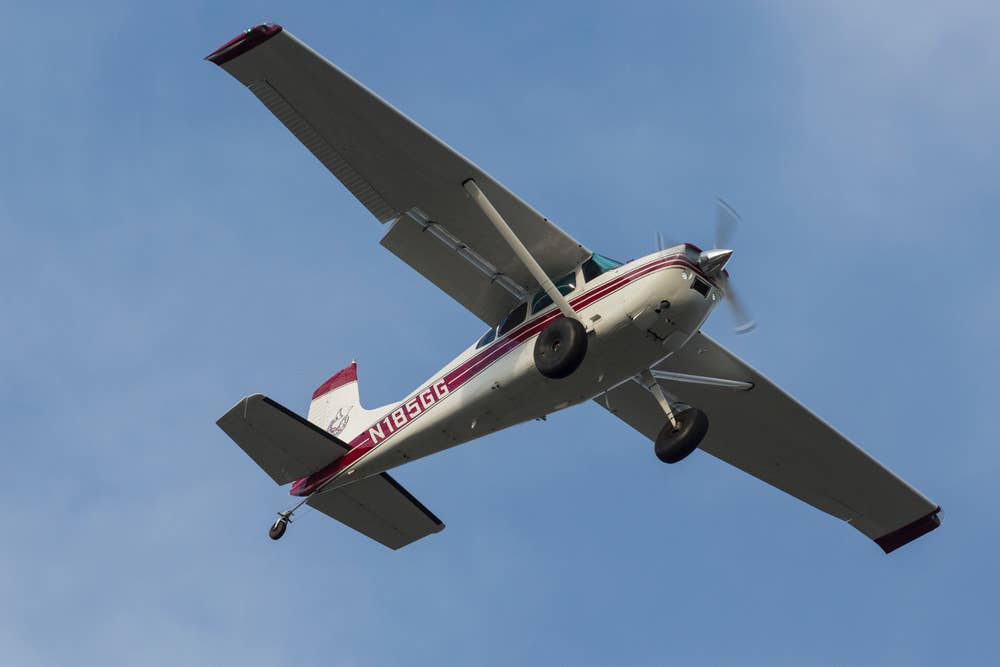Your Ideal Aircraft Might Be the One That’s Easy To Fly
While pilots enjoy talking about speed, climb and fuel economy, some just want to feel comfortable.

Some pilots find taildraggers, such as the Cessna 185, more complicated. [Credit: Shutterstock]
About a decade ago, when I first considered the possibility of owning an aircraft, I consulted a friend—an agricultural applicator pilot in Kansas with about 30,000 hours in his logbook. He had earlier suggested that I learn to fly at a small airport, preferably in a taildragger. That advice served me well, so I looked forward to hearing his thoughts about finding the right airplane.
I thought I might look for a 185 like the one he flew in his spare time. That model had the interior space, load carrying capacity and short-field performance I felt my family of four needed for traveling to northern Maine and other remote destinations. I also figured I could easily mount skis when the snow got deep. We were destined for backcountry adventures, after all.
But my friend suggested a Cessna 206 instead. He felt that people like me, who might push ourselves by flying for hours to reach a vacation spot with a short runway after a long day of work, simply do not need the added complication of a tailwheel. The 185 can be squirrely, especially during crosswind landings, he warned. A 206 would perform the same missions and is relatively easy to fly, he said.
I almost felt insulted but quickly realized he was right. My family typically got late starts on trips to Maine in the car, and we often arrived in the wee hours, tired and less alert than we should have been. That’s bad on the road, worse in the air. I placed “easy to fly” near the top of the list of qualities I would seek in an aircraft.
Years passed before my wife and I were ready to buy, but we did a lot of shopping, and I kept my friend's advice in mind. I strayed a couple of times when tempted by Stinson 108s but only briefly.
We considered a number of sensible Cessnas, including 206s, 210s, and 182s, a Piper PA-24 and several Beechcraft Bonanzas. Then, quite by surprise, we found Annie, our 1992 Commander 114B that checked most of the boxes for us, including being easy to fly.
Certainly my previous training in another Commander helped ease the transition to a complex, high-performance airplane after years of flying a docile 172. But Annie has been an especially gentle flier so far. The airplane handles well on the ground and its wide, trailing link gear have made straight, stable landings the norm. Those links are famous for making rough landings feel smooth.
It is still early, we have had the Commander just a few months, but I have yet to elicit an unpleasant reaction from it in the air. The airplane seemingly has no desire to stall unless the pilot ignores the buffeting and forces the issue. While it does not lead the four-seat-retractable category in performance measurements like cruise speed, climb rate, short-field operations, or fuel economy, it has an all-around feeling of comfort that my passengers appreciate. The roomy cabin is part of that, but so is the airplane’s forgiving, no-surprises behavior.
I believe the Commander’s smooth handling, more than its cushy seats, is the reason my wife can fall asleep before we reach cruising altitude.

Subscribe to Our Newsletter
Get the latest FLYING stories delivered directly to your inbox






